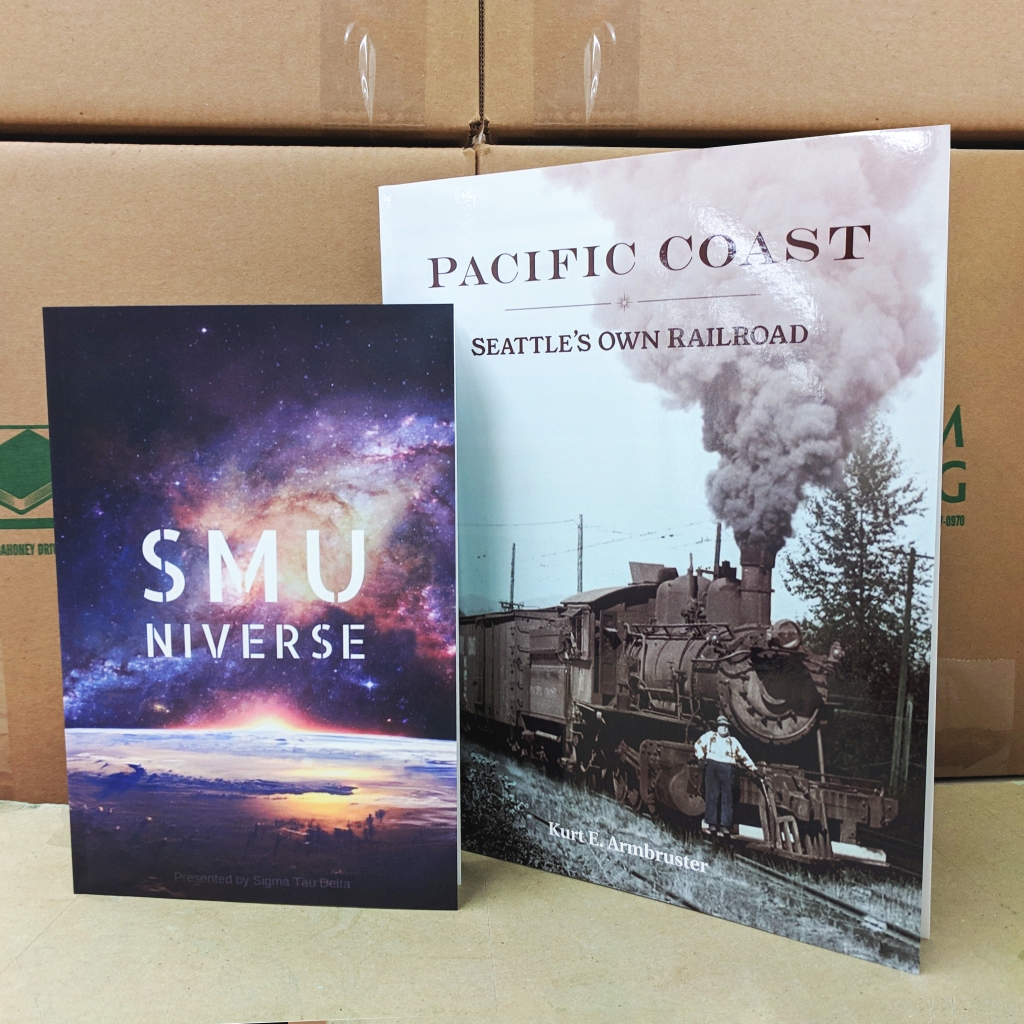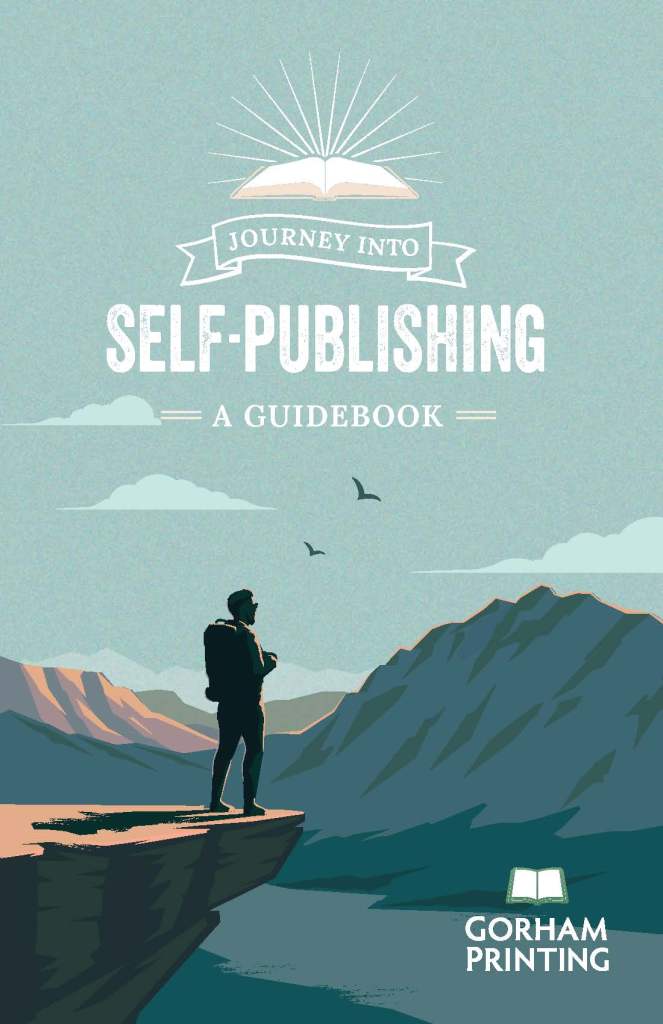When I’m in a library or bookstore searching for my next adventure in reading, it’s a total sensory experience. From the smell of paper to the feel of the cover, choosing a book becomes about more than just the content on the page. Part of this experience is the cover finish on a particular book. Whether it’s the glossy art book or a matte novel, the cover finish you choose will affect how a reader perceives your book.
The type of cover finish you choose should be considered in tandem with cover design since it will complement your cover artwork. Think about the visual impact of your final book as well as how it will feel to the touch. Whether it’s on a living room coffee table or on a bookstore shelf, the right cover finish can be the difference between your book being noticed or not.
The three most common cover finishes for books are UV Coating, Gloss, and Matte. They are all terrific options, each with its own benefits and appeal depending on your book.
UV Coating
If you’re looking for a cost-effective cover finish, you can’t go wrong with UV Coating. UV Coating is a liquid solution poured onto your cover that is then cured using ultraviolet and infrared lights. This cover finish will give your book a bit of a shine, and will help protect your book against curling. It won’t peel and is more pliable than other finishes.
If your book’s cover is a solid color or a dark cover, you may notice smudges, fingerprints, and scuff marks more easily with UV Coating.
UV Coating is the best option if you want to keep your production costs low, or you want a look somewhat between gloss and matte. This finish option is versatile, making it a terrific choice for genres from fiction and history to textbooks and manuals.
Gloss Lamination
Gloss lamination is a reflective film that is stretched across your book’s cover. Gloss lamination provides increased shine and surface protection. This durable cover finish option will repel fingerprints or smudges, and is easy to wipe clean if it comes into contact with dirt or dust.
Books with a gloss laminated cover finish have a smooth texture and polished look that will enhance your cover by giving vibrancy to your photos and artwork. The reflective surface will surely grab attention from a bookshelf or coffee table.
You should choose a glossy finish for your book if you are looking to make a high impact, if your cover design is bright and vivid, or if you are looking for the most protection from scratches or dirt for your book. Gloss lamination is also reasonably priced if you are looking to upgrade from UV Coating. If you are interested in adding a premium feature like metallic printing, gloss is the best choice to pair with it.
Popular genres with gloss lamination include textbooks, cookbooks, art or photography books, and children’s books.
Matte lamination is a film overlay that results in a muted look for your cover and a velvety texture. Matte lamination offers a pleasant tactile experience and has an overall softer look. The less reflective overlay gives a more natural look to cover art, with a lower contrast on darker colors.
One of the benefits of matte lamination is that it is resistant to small scratches and scuffs. While wear and fingerprints are more readily absorbed with this finish, it can be more susceptible to stains and spills.
Besides producing a pleasing texture, this cover finish offers a unique, distinguished look. Where glossy books may be more common, one with a matte cover will really stand out from the crowd. For our 3D Spot UV premium feature, matte lamination is the way to go. 3D Spot UV is a raised and reflective overlay that contrasts beautifully with the muted look of matte lamination.
We see matte lamination used often for history books, memoirs, or poetry books.
How to Choose the Best Cover Finish for Your book
When deciding on the cover finish for your book, take into consideration your genre and intended audience. Browse your local bookstore for similar books and see what speaks to you. Whether you use film lamination or UV Coating, each style will have different impacts on the colors and artwork used in your cover design. The finish affects the visual and tactile experience of shopping or reading a book, as well as the perceived quality and value of your book.
What cover finish will work best with your project? Call us to talk about your lamination options! Jennifer and I can discuss the vision you have for your book and help pick the best choices for your cover finish.


















